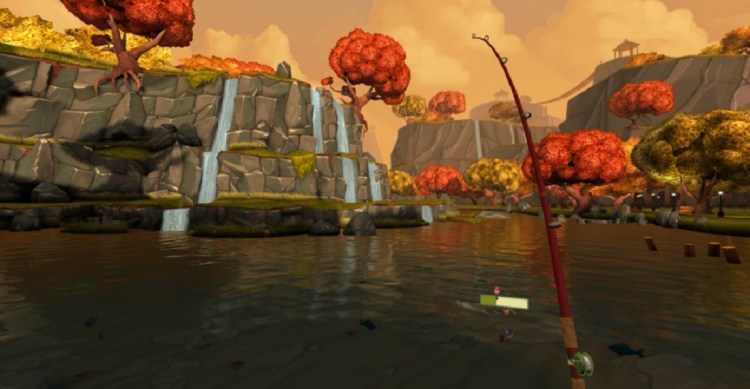testsetset
Mobile virtual reality is hard, and it isn’t growing as fast as predicted. But Resolution Games CEO Tommy Palm is sticking with it. His company launched the Bait! on the Samsung Gear VR and Google Daydream VR headsets.
Palm, whose company is based in Stockholm, Sweden, made the trek to Seattle last week to speak at the Casual Connect USA event. His efforts in VR have been watched closely because Bait! has been downloaded more than 2 million times, perhaps more than any other VR title.
And Palm’s company also released Wonderglade VR game, a compilation of carnival-themed experiences, for Google Daydream.
Palm, who was part of the team that created Candy Crush Saga on smartphones, believes that mobile VR will ultimately win out over PC-based VR headsets, and that smaller companies like his — which has 25 people — will have a better chance in mobile.
Here’s an edited transcript of our interview.
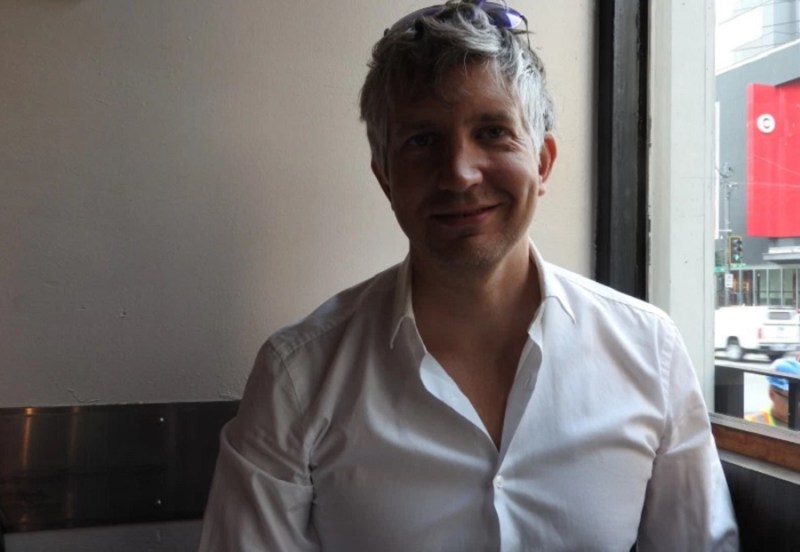
Above: Tommy Palm is CEO of mobile VR game maker Resolution Games.
GamesBeat: What’s the postmortem on Bait?
Tommy Palm: At first we started off on Samsung Gear, and we took it over to Daydream. Now we’ve released a version for Gear that supports their new 3DoF controller. That stands for three degrees of freedom, as opposed to the Touch controller, which gives you the full six degrees of freedom. But that’s been very popular. It becomes a much better game when you can actually throw the rod.
GamesBeat: Do you have more plans for other platforms?
Palm: We’re already out on Daydream. That’s been good. Daydream is still quite a small platform. They’re struggling a bit with getting enough Pixel phones on the market. It’s very popular, but it’s sold out everywhere.
GamesBeat: You made it with around eight people, right?
Palm: Yeah, as far as team size. All told we have probably 25 people at Resolution now. But we’re trying to keep the team itself small enough so that everyone can speak directly to each other. We’re all in one office. Actually I’m sitting together with my former colleague Alexander Ekvall. We founded Fabrication Games together. As we left King, we were talking about whether we would do something together or go separately. We did two separate companies, but we’re sitting next to each other, so we can bounce ideas off each other. He’s going toward free-to-play mobile games.
GamesBeat: How many more Gear VRs are out there? They said five million at one point. Did they ever update that?
Palm: I’m not sure. I haven’t heard a new figure. My feeling is that it’s still growing, though. The S8s are now Daydream compatible, too. That’s pretty interesting. We need to get more headsets out to people, so they have a chance to try it.
GamesBeat: What was the latest figure on how Bait had done?
Palm: Two million downloads. We haven’t heard of any VR game that’s more widely downloaded than that. It’s a free-to-play game, but it’s not very polished as far as the free-to-play loop. We didn’t want to spend too much time on that. Making good free-to-play games takes a lot of effort, obviously. We’re more interested in getting a great game out on the market that doesn’t necessarily monetize all that well. On Daydream we tested out doing it as a premium game. We’re selling it there for $6.99.
GamesBeat: What becomes your road map after this? What’s the next move you plan to make?
Palm: We’re working on two new game concepts that we haven’t announced yet. I’ve said all along that I’m very interested in social VR games. That’s going to be one of the keys for opening up a new target audience.
GamesBeat: The Sansar launch this week was interesting, from Linden Labs.
Palm: I really believe in those types of worlds, where you can have content that the user builds.
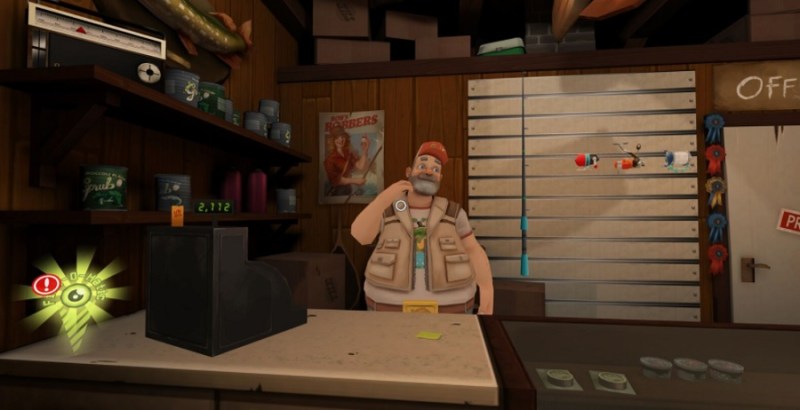
Above: In the shop in VR game Bait!
GamesBeat: They can get you into it through a link now. You used to have to go to the Second Life site and log in and get your avatar and all that. Now, if someone just shares a link on social, you can go right into it.
Palm: That’s good. Anything that lowers a barrier is very important. That’s one of the things we’ve seen as a studio, just how difficult it is when you have a new platform. Just making things like trailers is very difficult for VR. It takes a lot of extra effort if you want to build a good trailer. It’s obviously going to be watched on a 2D screen, so it’s hard to make it look like more than just a poor mobile game experience.
GamesBeat: Do you have to do something like those 360 YouTube videos?
Palm: We’ve done a bit of that, but that’s another one of the things that’s very difficult.
GamesBeat: What’s your view on where VR is as far as trying to get through the transition to a bigger audience?
Palm: We’re still in very early days, in terms of hardware. From a developer point of view, it’s great to develop for, but as a consumer, I still don’t know that it’s a viable option, to sit at home and play your favorite game with a headset. Myself, I’d still rather go to the TV or the PC, which I see as an indication that it’ll still be some time before it’s comfortable enough that you’d rather be in VR.
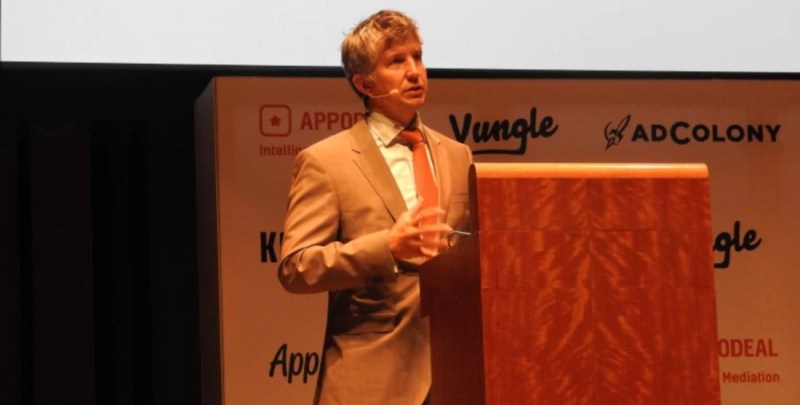
Above: Tommy Palm speaks at Casual Connect USA.
GamesBeat: Are you still a believer in mobile VR over tethered VR?
Palm: I think they’re going to come together at some point. We’re already hearing a bit about that. I think it’s been a good choice for us to go for mobile VR at first. There’s a lot of need for content there. We have so much relevant previous experience as far as building powerful graphical apps for smartphones. I tend to say that if you build for tethered, the project becomes much longer, because there’s so much more content you need to fill it with. These early days, it’s still very important to keep the production cycle down as much as possible, because you learn so much once you release a game and get it out to the consumers.
GamesBeat: What have you learned from Bait, do you think?
Palm: A lot of things. One of the obvious things I touched on yesterday was that Bait was very hard for the team, because it was the first VR game they made. We just recruited them in and threw them into the project. All the mistakes we made had to be integrated into the game. With Wonder Glade–the mini-game version, that was a much better format to start with. That was another team, our second team. The first game we made there took a very long time. It took a very long time to get the ball rolling, and then they got faster and the game got better. That was a very important learning.
GamesBeat: Jason Rubin was saying that VR is harder than anything anyone’s done before in games. You have to rack up a bunch of failures before you have the advantage of being there once the big opportunity arrives.
Palm: For sure. There are so many things to understand as a developer, what works and how you can speed things up and get to a good result. I don’t know how many prototypes we’ve made so far, but it’s more than 50 at least.
GamesBeat: As far as the environment for VR in Europe, what is that like compared to the states or China or other places? How would you describe the European VR market?
Palm: In some cases it’s nonexistent. Daydream hasn’t been released in some pretty big countries – Sweden, the Netherlands – where there’s still a lot of interest. I still think VR is very much driven from the west coast of the U.S. China has a big interest in VR, and they tend to believe in mobile VR quite a lot. They have a lot of hardware manufacturing. But they haven’t been so eager to invest in software development.
I was recently there to speak at an event for a very successful streaming video company. It was interesting to hear them talk about how important it was to not just copy things, but to create original IP. That’s something I hadn’t heard so much out of China before. I’ve heard that going to Taiwan, though. In the beginning they come to the market as followers, and then they realize they need creativity, to build their own thing from scratch. That’s a healthy realization. It’s going to be interesting to see if they’re able to create IP that can come over. We haven’t seen that so much, traditionally.
GamesBeat: Have you figured out a strategy to make the funding last until you’ve got a better market?
Palm: We said from the beginning that this was a long-term bet. We wanted to make sure that the investors we got on board also felt that way. We’ll keep being small and lean. We’ve been successful in that effort so far.
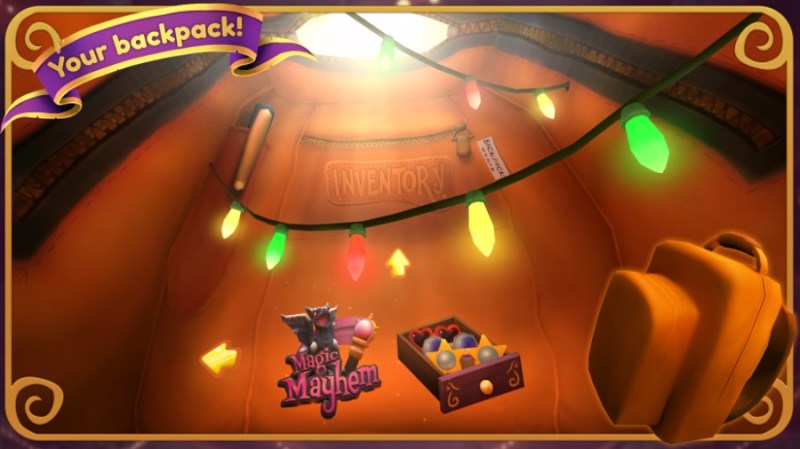
Above: Wonderglade is a mobile VR carnival game.
GamesBeat: If you had advice for startups out there, what would that be?
Palm: Persistence is always very important. Going into VR, you need a long-term approach. It’s hard to make money along the way. You can’t think the first couple of projects will break even. There are so many exciting things to be done, but a lot of things still have to be figured out around monetization and retention. One thing we’re focusing a lot on is retention right now. Unfortunately, that’s not only a software thing, but also partly hardware – getting players to come back and feel like they’re getting proper value and feeling excited about going back to the game again.
Some of those things will be much easier once we have really social VR games, where you can hang out with your friends. It becomes much more meaningful at that point. But it’s a bit of a Catch-22. It’s much more expensive to work on multiplayer experiences. It also becomes another level of complexity that often bleeds through to the user. They have to know they’re on a good internet connection. A lot of issues revolve around dealing with unfortunate events, like if you drop out in a session.
GamesBeat: As far as the way the hardware is moving forward, do you see things you like as far as what you expect from the next generation?
Palm: One concrete example—I’m very excited that Microsoft is joining hardware manufacturing with their mixed reality headsets. That’s very good. They’ve traditionally been great at reaching a mass audience. They’ve started innovating again. For some time it felt like their innovation was a bit stagnant. Now they’re doing a lot of good things.
GamesBeat: It feels like 2018 will have more things to talk about on the hardware front.
Palm: I’ll still be surprised if we see a lot of developers making money in the consumer market. I was talking about this in my talk a bit. It’s going to take a company that does it completely right, like Apple did when they changed everything. And even though it feels like it now, that didn’t happen overnight.
GamesBeat: There was a still a gap between the iPhone and then the App Store and then getting to something like Candy Crush.
Palm: Rovio and Angry Birds was the first real commercial success, I would say, when that became a really strong IP. That was 2010. It typically takes longer than you’d expect. There were a couple of premium games that did okay before that. But it wasn’t like you could sustain a company on iPhone revenue early on. VR is the same thing. You’ll see a successful platform first, then a couple of games doing okay, then somebody will have the full breakout hit.
A lot of things that weren’t there on mobile, though—there were a lot of problems with getting paid, for instance. The payment mechanism wasn’t in place. All those things are much smoother now. Everyone has their account connected to some sort of digital wallet. The social components, people becoming open to getting pinged about joining their friends in a game—I definitely think VR and AR have the potential to happen much faster than on the mobile side.
GamesBeat: A lot depends on the platform owners there.
Palm: Yes, it does.
GamesBeat: They seem to still be willing to support and invest in the whole ecosystem.
Palm: That’s very good. That’s also what happened with Nokia. They invested a lot of money in games. A lot of those game companies built up a lot of knowledge that proved to be useful. Rovio and those guys, my company, we all got support.
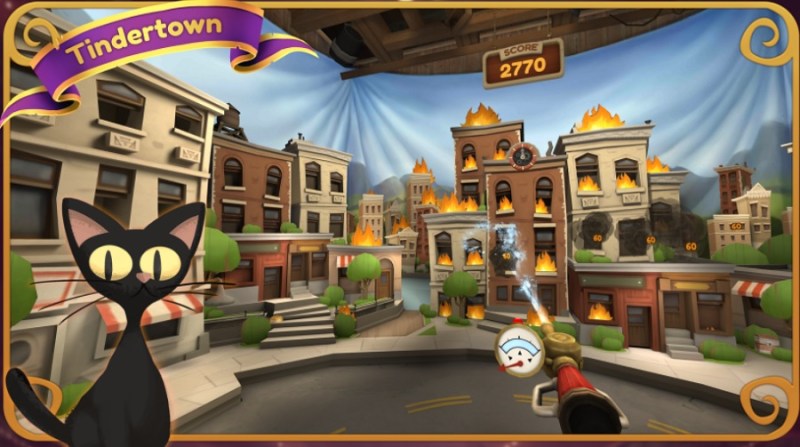
Above: Wonderglade is a collection of mini VR games.
GamesBeat: Do you sense that investors are also seeing the same things? They’re focused on the long term?
Palm: I hear a lot that U.S. investors are skeptical about VR right now. I kind of feel that’s a bit of a classic—when we came out in 2015 and talked to a lot of investors about VR, it felt like they all agreed we’d have this curve where at first people are super excited, then it doesn’t go as fast as everyone wants it to, and when the first numbers come out they won’t be overwhelming. I definitely think a lot of smart people know that it will take time, but that it’s going to happen.
GamesBeat: A lot of people have suddenly been distracted by Ethereum. The quick money people are moving toward blockchain and ICOs and all that.
Palm: That’s one aspect of it. Is it better to invest in something that can get your money back quicker than something that still has some years to go? But it’s fantastic to see—I chose a career in gaming because I was passionate about it. I really liked playing games. Now we’re in an era where making games might turn out to be one of the most important things you can do. You can have a profound effect on humanity building virtual worlds — creating environments where people can learn new things, or go in and create new things themselves.
GamesBeat: Tim Sweeney was talking about how he believed the metaverse would be doable in the next few years. The elements are there, including the blockchain for payments, better graphics, and social layers. What he was worried about was whether these would be owned by one particular company, or if you eventually get to some kind of open standard.
Palm: In either case, whether it’s open or not, we’re going to see a lot of new jobs being created inside of virtual worlds. That’s very good these days, when a lot of traditional work is going away.
GamesBeat: YouTube’s created jobs for influencers and content creators. We see tipping happening on Twitch now.
Palm: Yeah, that’s a great example. It’s hard for us to understand. Our parents’ generation won’t believe it even when they see it. I remember my parents had a cartoon from Gary Larson, the Far Side, on the fridge. It was a kid sitting at his computer, and his parents were dreaming about classified ads. “Can you save the princess? We pay $50K a year plus benefits!” That was a joke back then. Now it’s a reality.
Disclosure: The organizers of Casual Connect paid my way to Seattle. Our coverage remains objective.
